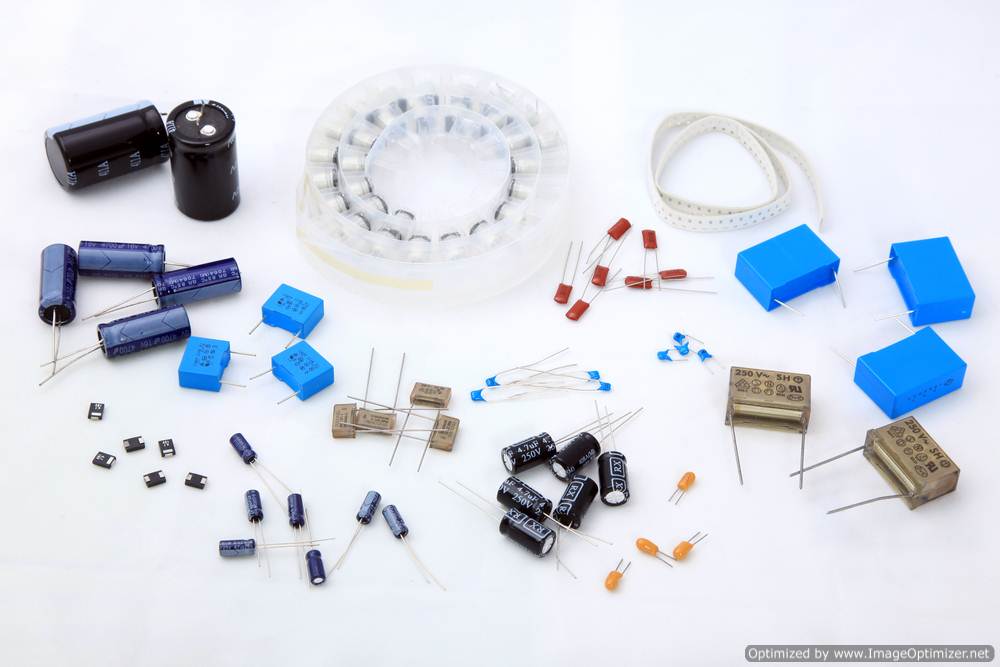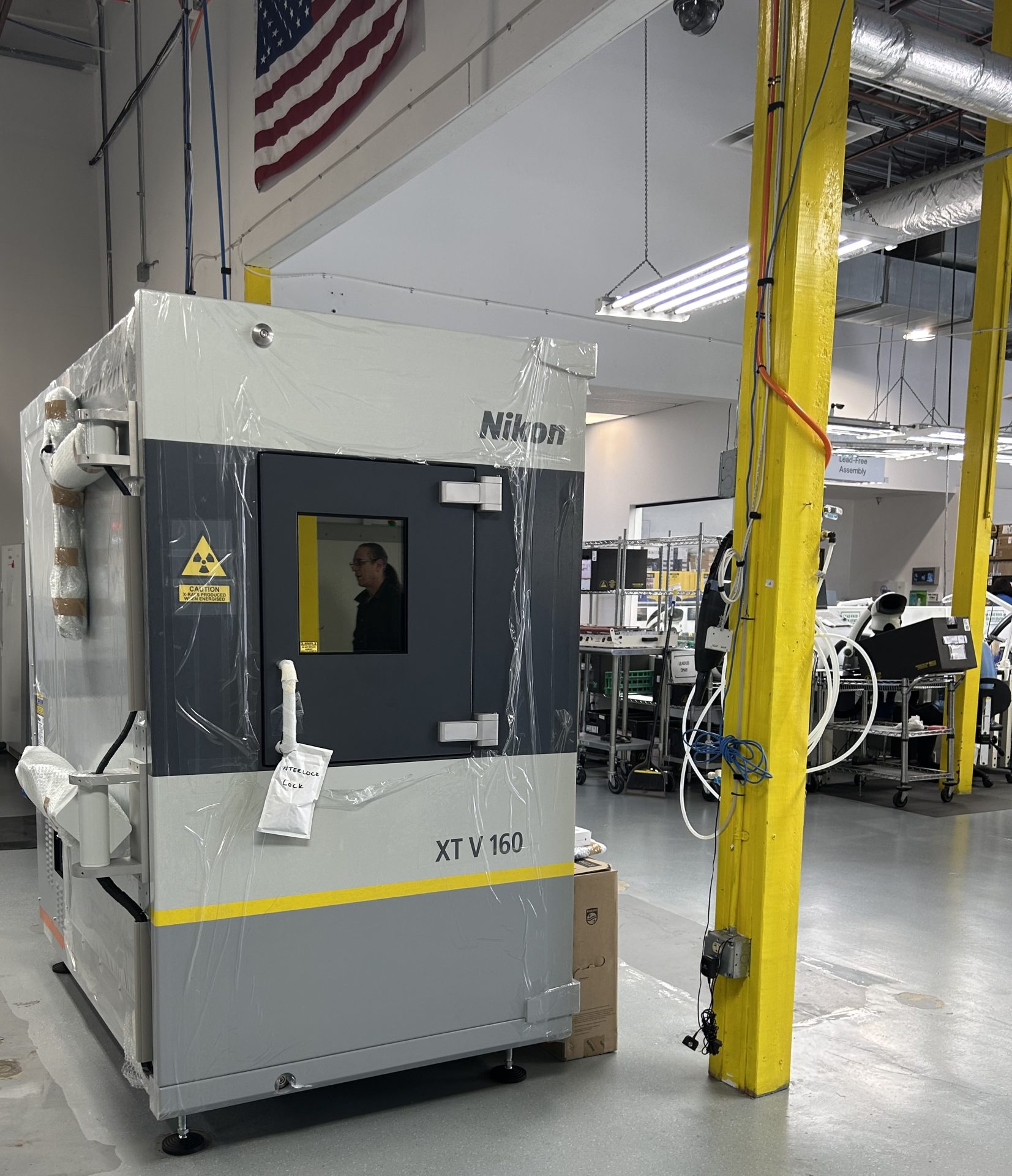PCB Designers cannot get the electronic components they need to manufacture their designs, and engineers want to know why. The answers can be broken down into four “C’s”: Covid, Cars, Cell Phones, Computers.
Cars
When the global Covid-19 pandemic swept through the world in 2020, lockdowns and restricted travel left the U.S. car rental industry in tatters. Hertz, Enterprise, Avis, and others buy new cars and sell used cars, but they profit from rentals. With no one to rent their cars to, these rental companies sold their fleets on the used car markets. With the world opening back up, there is greater-than-normal demand for new cars since the rental companies need to replenish their fleets. But new cars need microchips and other components, and only one manufacturer has part availability with a three-month surplus: Toyota.
Taiichi Ohno pioneered “Just-in-time” manufacturing processes as part of Toyota’s post-war-occupation strategy to compete with the larger auto-makers in the West. At the time, Toyota had less capital, less storage space, and less credit than their better-heeled counterparts, so they adopted a procurement strategy that minimized stock-on-hand. Other manufacturers saw Toyota’s success and followed suit. But, unfortunately, the other automakers didn’t realize that Toyota minimized stock on hand only where it made sense to minimize stock on hand. As Toyota grew, it kept an eye on supply-chain issues using its Kanban system. When supply chain delays began to appear, Toyota would adapt and place supply orders sooner than usual. But since other automakers had only copied the part of Toyota’s method where they kept limited stock on hand, they failed to adapt to the shifting market conditions. Now with more cars needed to replenish rental fleets, Toyota, with its 3-month supply of chips, is the only automaker that isn’t experiencing a production-line slow-down. In 2020, 11.4% of all semiconductor sales went into automobiles, according to World Semiconductor Trade Statistics (WSTS).
Cell Phones
As of 2020, the number of cell phones in use in the U.S. stands just shy of 300 million devices. Apple and Samsung dominate the U.S. cell phone market, with LG in a not-to-distant third place. In concert with cell-phone carriers, these companies have conditioned U.S. consumers to replace their phones with the newest version every two years, especially if users want to take advantage of the superfast 5G network that is just starting to dot the landscape. That means hundreds of millions of new devices, each with hundreds and perhaps thousands of components, will roll off the production lines each year. And those parts have to come from somewhere. Companies as large as Samsung and Apple typically get priority delivery from component manufacturers.
And carriers are installing new cell phone towers across the nation that support 5g technology. This hyperfast transfer protocol operates at a higher frequency but has a shorter range than previous technologies, so it’s not a matter of swapping a box. New towers must be erected across the nation as well. In 2020, 31.2% (WSTS) of the global semiconductor market was communications equipment.
Computers
In 2020, the world went home. Covid shuttered workplaces, and businesses that did not want to shut down had to find a way to maintain employee productivity. Schools had to find a way to keep the students engaged. Hospitals had to create virtual appointments for their patients. And all of the activities required computers and tablets. Students, Teachers, Managers, and Employees all needed new technology to allow them to telecommute. In 2020, PC/Computers occupied 32.3% (WSTS) of the global semiconductor market.
5 Ways to Keep Projects on Track
Until supply and demand even out, engineers and buyers must find new ways to cope with the current component shortage. Below are five recommended strategies to help keep projects on time and on budget despite the challenging conditions:
- Maintain Relationships with Suppliers. Top-tier manufacturers such as Digi-Key, Mouser, and Newark provide most electronic components for PCBs. Working directly with these suppliers often is the best first step in securing necessary parts. Some assembly shops even have dedicated quoting teams on-site at suppliers, giving them priority access to available inventory. In addition to the direct manufacturers, several certified supply brokers specialize in sourcing hard-to-find or obsolete parts and components. Working closely with these brokers can also help in locating and purchasing what you need.
- Hold Inventory. Another best practice during this time is to purchase and maintain an internal inventory of high-demand parts. Once you find a supplier, purchase enough parts to meet your demand over the next 12 months, especially passives. Most PCB assembly companies allow customers to supply their own parts and boards when necessary. By maintaining your own small inventory, you can avoid project delays and eliminate the frustrating process of part location each time you order a run.
- Plan Ahead. The sooner buyers can begin looking for parts, the better. If designers have specific component requirements, it is advisable to send the Bill of Materials to buyers and your assembly partner as soon as possible. This way, they can begin locating and securing parts so they are ready to be placed once the design is verified and the order is ready to go.
- Network with Other Designers. Most PCB assembly shops require customers to purchase additional parts to account for any losses that may occur, especially with smaller components such as 0603, 0402, and 0201-sized capacitors, resistors, and inductors. Small parts may get lost during mount/dismount from the feeder, and no one wants to put the project on hold while waiting on a replacement order of parts. But the extras don’t go to waste; we return unused parts with the customer’s completed order. As the English proverb states, “one man’s trash is another man’s treasure.” While you may not need the extra parts, they may just be what your colleague is trying to find for their project. Networking with other designers can be a valuable source of parts when supply is tight.
- Be Open to Substitutions. This is probably the most important strategy for keeping your projects on time. If you can, be open to substituting any part that matches fit, form, and functionality. If that is not possible, at the very least, consider allowing part substitutions for passives only. This strategy provides confidence that the main components are purchased as designated but avoids all the other issues associated with locating passives. At Advanced Assembly, we identify alternates that have not been affected thus far by tight component demands. Part suppliers don’t always suggest substitutions, so it is often advantageous to go outside the originally designated manufacturer. By allowing possible alternates, customers lessen the impact of the part shortage and get their completed projects when they need them – even the next day.
It is important to remember that just a handful of companies have the lion’s share of the automobile, computer, and cell phone industries. So when these large companies place huge orders with manufacturers, it behooves the manufacturers to keep their best customers happy, and those customers get priority over everyone else. Unfortunately, that leaves the rest of us wondering when we will get a sense resistor or a microcontroller for our next design.



